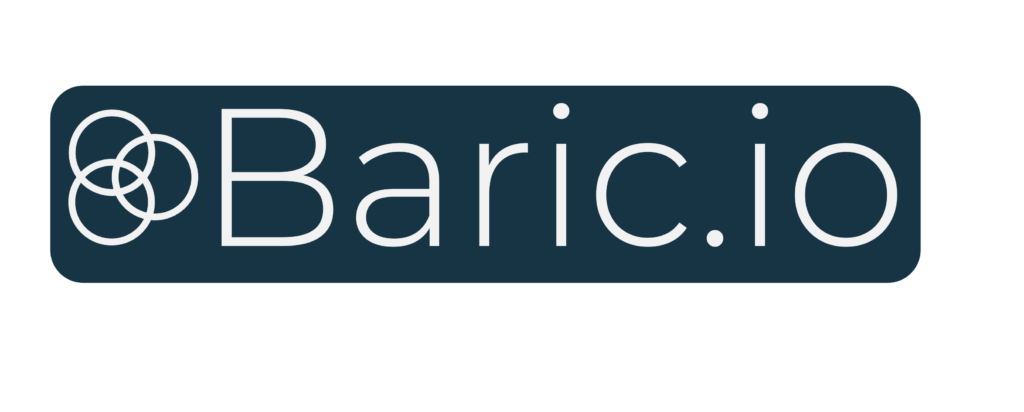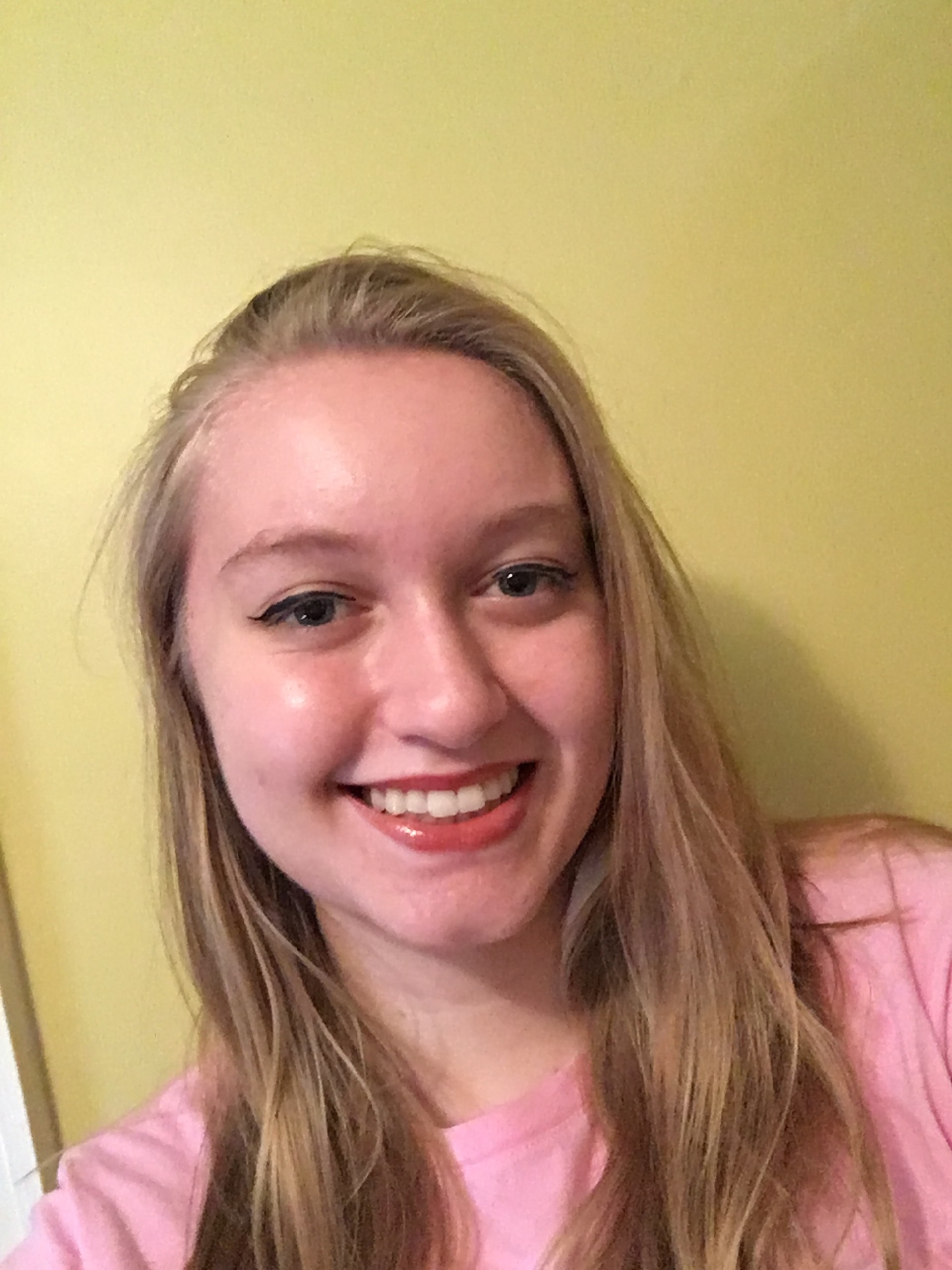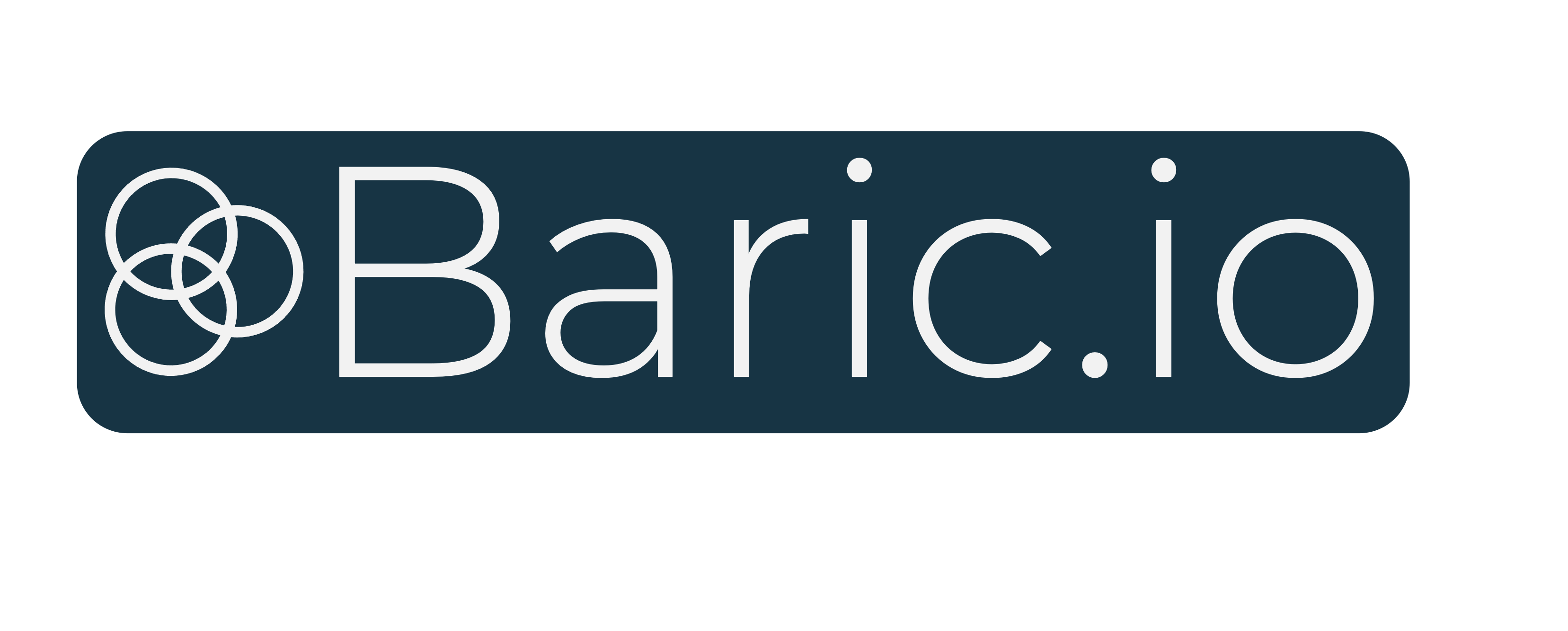3D printers, laser cutters, and rows of desktop computers stand out against the early 20th-century architecture. Fluorescent lights illuminate the historic molding which covers just about every wall, and fish-scale patterns direct the eye toward organic plant shapes. Columns with spiralized molding break up the sea of sharp angles below — geometric carpeting and sleek, white desks where people work diligently.
These people are working with NextCorps, a Rochester-based non-profit and UR affiliate helping local tech startups get off the ground. Their hope is to see our region become one of the nation’s top tech hubs. Since moving into their new space four years ago at the iconic Sibley Building, built-in 1906, NextCorps has helped over 500 companies grow into their potential.
NextCorps’ Embark program, in particular, helps tech entrepreneurs who might need it most.
“Embark was created for non-technical founders,” Melanie DellaPietra, Embark’s Program Coordinator, says.
Embark accomplishes this through the use of no-code tools — software that lets you build your own software or app without having to write any code yourself. Think along the lines of websites like Wix or Squarespace, but for web apps.
“You can build a software application and be up and running creating revenue in less than 12 months. That is our goal with Embark. So, that is also why software is our largest focus,” DellaPietra says.
The software creation process at Embark begins not with an idea, but with a problem.
“A lot of the time when it comes to startups,” DellaPietra explains, “someone will be like, ‘I have this great idea.’ But if no one wants to buy your great idea — you’re not solving somebody’s problem that they’re willing to pay for — you don’t have a business.”
It’s for this reason that the unofficial Phase One of software creation at Embark is customer discovery: understanding who your customers are and what needs they have.
For most Embark founders — middle-aged professionals who have already established themselves in some industry — customer discovery may involve returning to that industry and interviewing people in their networks about the problems they frequently face. Things were a little different for UR graduate Jack Cavanaugh, one of the program’s youngest founders at 24.
“For me, it’s been a lot of cold-emailing, cold-calling people,” he says. “I went back to people I knew from high school who are in the strength conditioning space. High school football coaches are pretty accessible people.”
Eventually, Cavanaugh had his idea: Baric.
“Everyone who competes [in athletics] at a high level or who just goes to the gym can benefit from programming their training,” Cavanaugh says, an athlete and powerlifter himself. “There’s scientific backing to back that up, but I think that’s generally accepted as a norm now.”
The average coach can have anywhere from 50 to 100 athletes under their wing at a time, making all of their planning, analysis, and communication with athletes a full-time job. Imagine having to juggle dozens of Excel spreadsheets crammed full of individual-level data and an email inbox overflowing with discussions and consultations with athletes. Baric aims to condense and streamline what can be a confused and chaotic role.
Cavanaugh pitches Baric as a “community of athletes and coaches powered by tools to help them plan, train, and perform better.”
Having recently finished the customer discovery and ideation phase of the program, the next step is going to be to use Embark’s no-code tool of choice, Bubble.io, to build a minimum viable product (MVP) and get feedback from customers. From there, the goal is to make $10,000 in monthly recurring revenue (MRR) from the product and keep growing the business.
But founders don’t do all of this work alone. Often they rely on student interns, some of whom come from UR.
Senior and Finance major Daler Beisenbayev is one such intern. Since taking the required BUS 222: Experience in Early Stage Entrepreneurship, Beisenbayev has assisted five different startups, including Baric.
The exact work an intern provides (which ranges from data analysis to market research to graphic design and more) and the time they spend with a particular startup (anywhere from one week to several months) varies depending on the founder’s needs, but Beisenbayev attests that the experience is always meaningful.
“[Embark is] not just helping Fortune 500 companies get richer,” he says. “They’re helping real people achieve their dreams.” And that goes for the interns, too. Beisenbayev struggled to find opportunities at UR for hands-on experience in consulting — his career area of choice. But interning at Embark provided him the advanced consulting experience that he was looking for before starting his career.
Decades ago, Rochester’s economy was defined by what locals called “the Big 3”: Kodak, Xerox, and Bausch + Lomb. But in the late ‘80s and early ‘90s, Kodak, a photographic film company, practically refused to follow the switch to digital and instant photography, to the company’s and Rochester’s detriment. Kodak’s glory days came to a screeching halt. Xerox and Bausch + Lomb shrank alongside Kodak, to the point where the three companies went from hiring 51,000 people locally almost three decades ago to hiring only 9,500 locals in 2013.
Nowadays, Rochester’s economy is held up by local colleges (UR is famously the region’s largest employer), health care, and Wegmans. But according to NextCorps, tech could be king in Rochester again.
Cavanaugh argues that having a tech company in Rochester these days is certainly viable. Firstly, we’re a college town, which he says is “the one deciding factor in success as a tech hub.” UR is known for churning out STEM degrees, and our neighbor, Rochester Institute of Technology — well, you can guess which academic fields they’re especially active in. And “whatever universities around the space are good at is what [the area’s] companies do,” Cavanaugh says.
“I definitely think [Rochester has] the potential to be that future tech hub,” DellaPietra agrees. “The other problem we need to solve is the brain drain. We’re actively working on that, too, so when people graduate from here, they stay here […] Look at all the cool things we’re doing. Why would you want to leave?”



